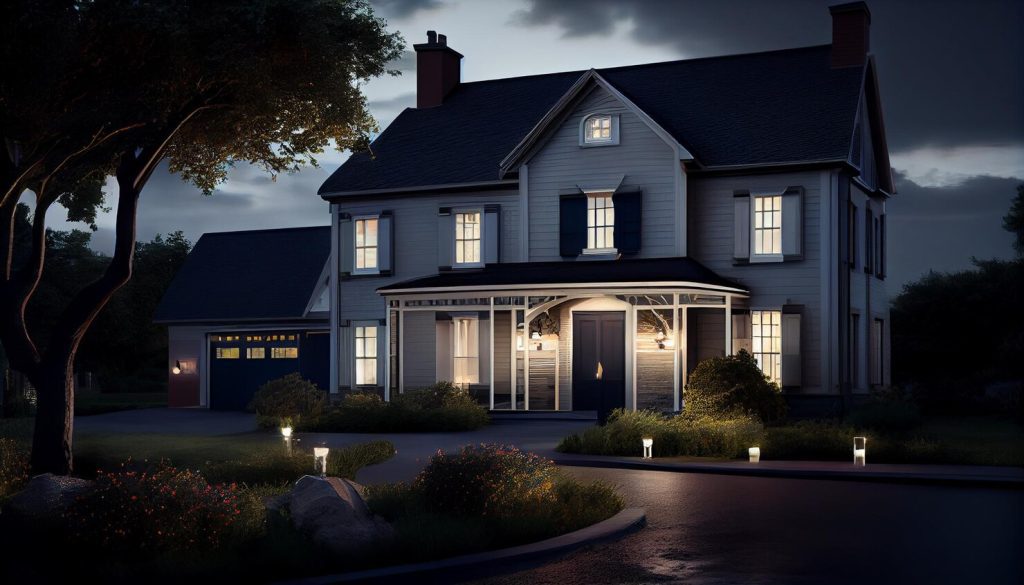Introduction
Buying a home is a significant milestone for most individuals. It is a dream come true for many, and often considered a symbol of stability and financial success. However, the process of purchasing a home can be daunting, as it usually involves a large sum of money as a down payment. This amount can be a significant barrier for many people, especially first-time homebuyers. But in recent years, zero-down payment mortgages have gained popularity, making homeownership more accessible for those who cannot afford a substantial down payment. In this blog post, we will explore the pros, cons, and everything in between when it comes to navigating zero-down payment mortgages.
What is a zero-down payment mortgage?
A zero-down payment mortgage, also known as 100% financing, is a type of home loan where the borrower does not have to make a down payment upfront. In traditional mortgage loans, lenders usually require a down payment of 20% of the home’s purchase price. However, with a zero-down payment mortgage, the borrower does not have to put any money down, making it a more attractive option for those who may not have significant savings.
Pros of zero-down payment mortgages
1. Eases the financial burden: The most significant advantage of a zero-down payment mortgage is that it enables individuals to purchase a home without having to come up with a large sum of money for a down payment. This can be a significant relief for those who have been struggling to save up for a down payment while simultaneously dealing with their current living expenses.
2. Lower barrier to homeownership: For many people, a lack of a down payment serves as a barrier to homeownership. With a zero-down payment mortgage, this barrier is removed, making homeownership a more accessible goal for individuals and families.
3. Opportunity for investment: For some individuals, investing in a home may be a better option than renting, as it can provide financial stability in the long run. With a zero-down payment mortgage, the individual can invest in a property without having to spend a large sum of money upfront.
Cons of zero-down payment mortgages
1. Higher interest rates: In most cases, zero-down payment mortgages come with higher interest rates compared to traditional mortgages with a down payment. This is because the lender sees it as a riskier investment, and the higher interest rate serves as compensation for the risk. This results in higher monthly mortgage payments, making it important for borrowers to carefully consider their financial situation before opting for this type of loan.
2. Extra fees: In addition to higher interest rates, some lenders may also charge extra fees to offset the risk involved in providing a zero-down payment mortgage. These fees may include higher closing costs, mortgage insurance, and loan origination fees, adding to the cost of purchasing a home.
3. Limited options: Zero-down payment mortgages are not offered by all lenders, and they may also have specific requirements that borrowers have to meet. For example, some lenders may require a minimum credit score or specific income levels to qualify for this type of loan. This can limit the options available to borrowers, and they may have to settle for a lender with less favorable terms.
Everything in between
Zero-down payment mortgages may seem like an attractive option for aspiring homeowners, but it is essential to look at the bigger picture and carefully weigh the pros and cons before making a decision. Here are a few things to consider:
1. Potential for negative equity: Since the borrower is starting with no equity in the home, there is a risk of negative equity if the property’s value decreases. This could put the borrower in a vulnerable position if they have to sell the home in the future or refinance.
2. Impact on credit score: Taking on a large mortgage without a down payment can adversely affect the borrower’s credit score. This could make it challenging for them to secure additional credit in the future or qualify for a better rate on their mortgage.
3. Private mortgage insurance (PMI): Most lenders require borrowers to pay for PMI if they have a zero-down payment mortgage. PMI is designed to protect the lender if the borrower defaults on the loan and can add hundreds of dollars to the monthly mortgage payment.
4. Limited savings: Without a down payment, borrowers will have little to no savings in case of emergencies or unexpected expenses related to their home. This could put them in a vulnerable financial position, especially if they are already dealing with a higher monthly mortgage payment.
5. Future financial goals: A zero-down payment mortgage may seem like the best option for homeownership right now, but it is essential to consider future financial goals. For example, if the borrower plans to save for their children’s education or retirement, committing to a higher monthly mortgage payment may hinder these goals.
Conclusion
In conclusion, navigating zero-down payment mortgages can be both a blessing and a curse. While it can make homeownership more accessible, it is crucial to carefully consider the potential risks and consequences that come with it. It is essential to speak with a financial advisor or mortgage specialist to understand all the options available and choose the one that best suits your financial situation and long-term goals. Ultimately, homeownership is a significant commitment, and it is crucial to make an informed decision that works best for you.

